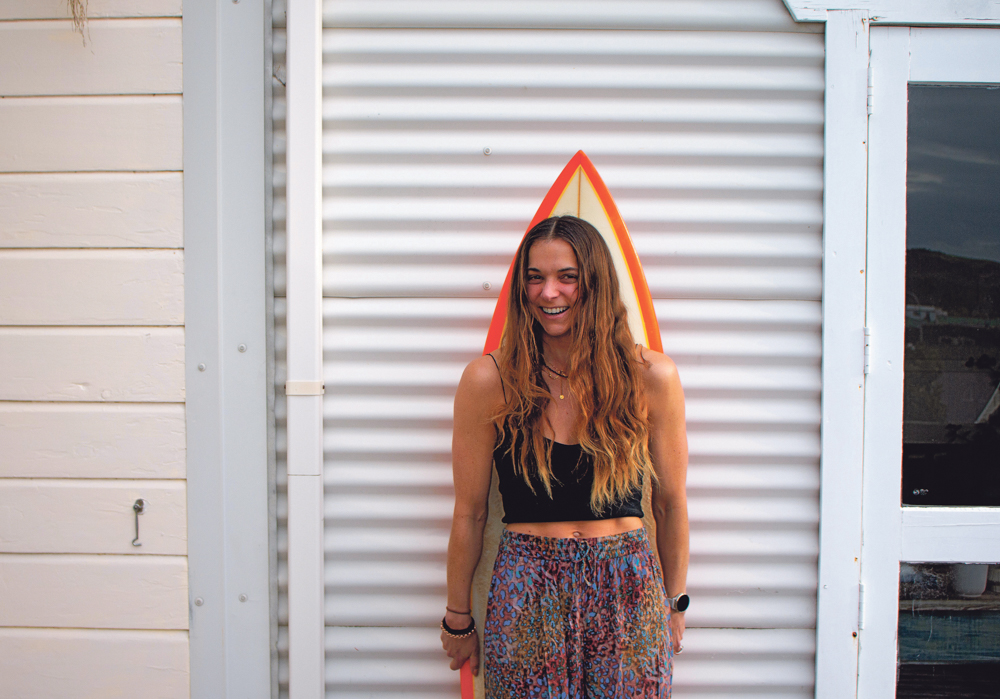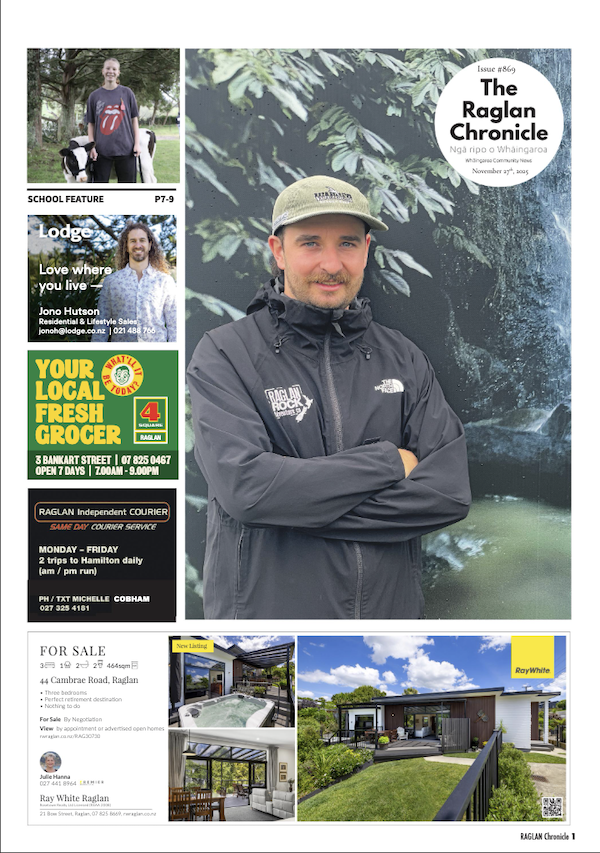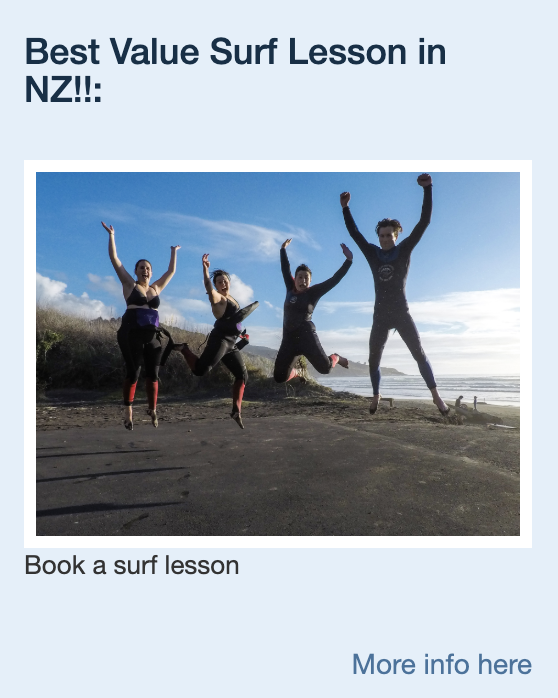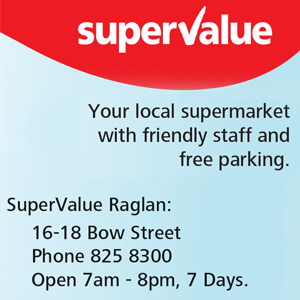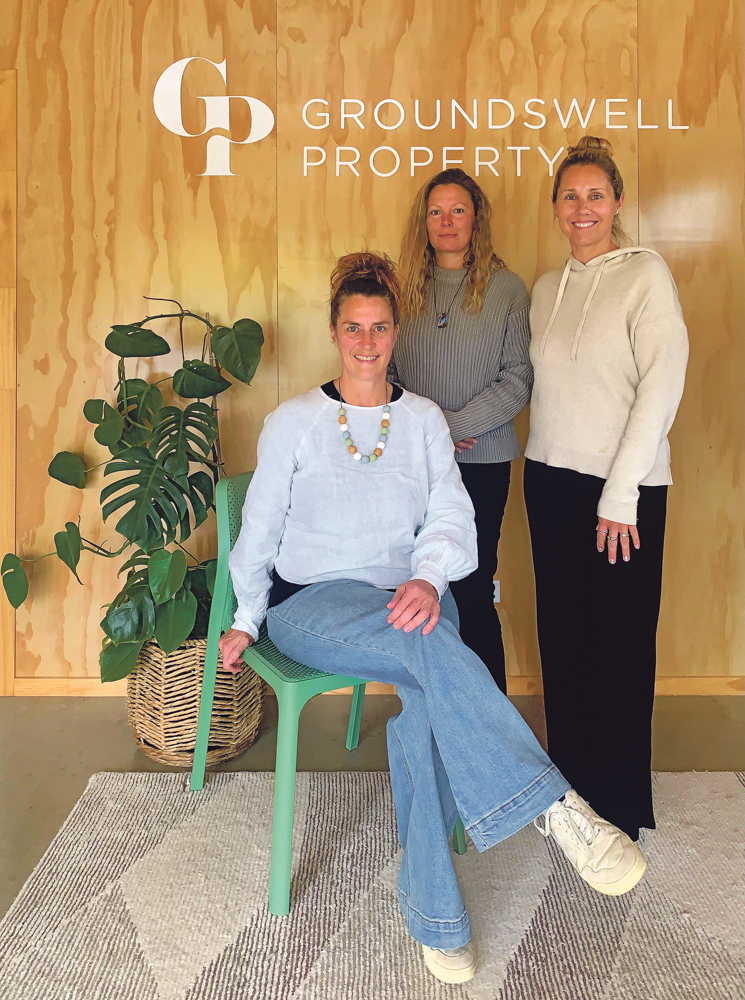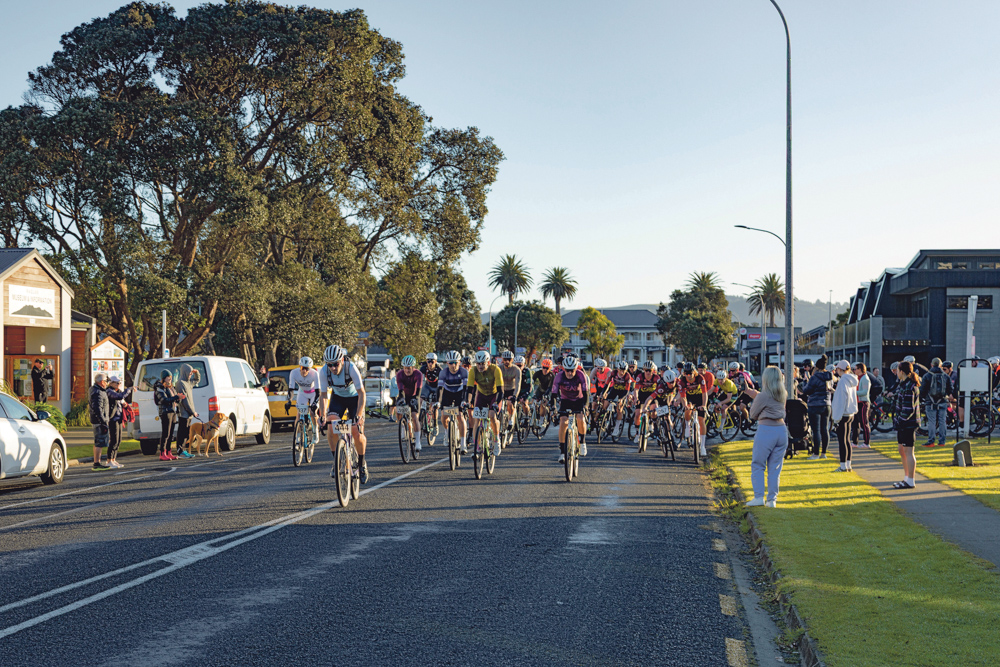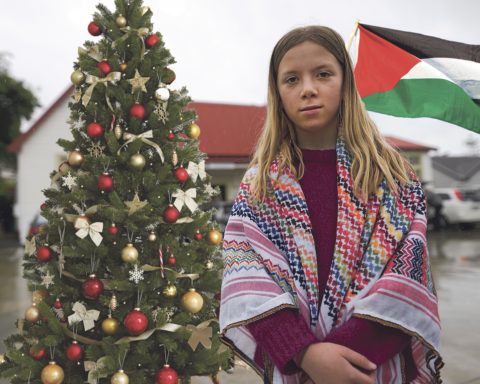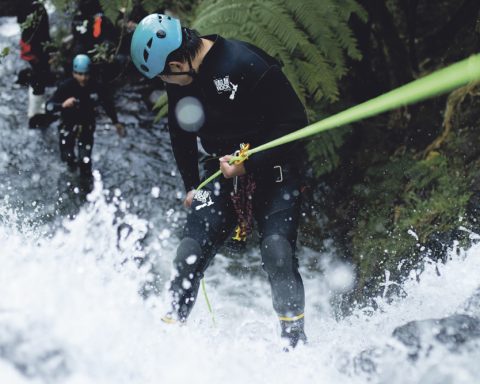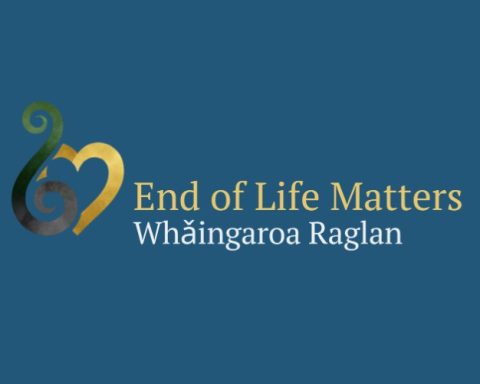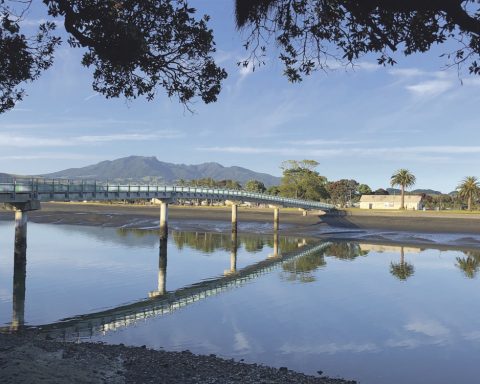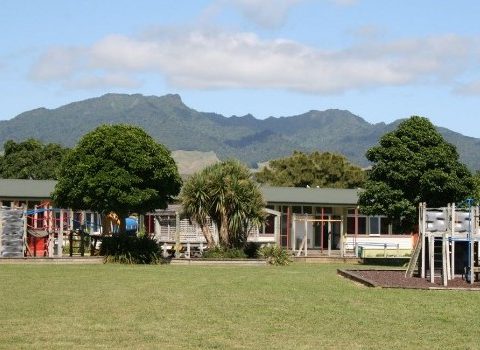There are so many women in the water.
It was what I noticed immediately when I first paddled out at Raglan. I watched as each woman cruised by me that day, interspersed amongst the waves, jockeying for priority and riding an array of styles and board lengths. I sat wide, still too nervous to put myself in the path of any wave that could possibly be for me. Not only were there lots of women, but they were good.
From Boston, I didn’t grow up in an area widely known for its surfing. Despite its obscurity, and needing a couple more millimetres of neoprene compared to the rest of the US East Coast, New England has had a prevalent surf scene for decades. The hurricane swells which hit better-known places like the Carolinas and New Jersey, continue up the coastline to us – where we then enjoy them with slightly less crowded lineups.
I left Boston three years ago now, and since, I’ve had the privilege to travel and surf in spots across the World. From other parts of the US, to Europe, to Morrocco, to living in Nicaragua earlier this year, and to now New Zealand – I’ve loved every moment of comparing my corner of the ocean to other people’s. However, there was something different about Raglan from most other spots, including my own.
For whatever reason, by far the most women I have ever seen not only surfing, but surfing at such a high level, have been in Raglan. It was one of the things that made me want to move here.
But why is this? Why are there so many talented women in the water here? The Raglan point breaks may be world-famous, but so are many other breaks I’ve been to. To understand what makes Raglan unique, I spoke with two local women who are long-time Raglan residents and who definitely know how to rip.
Liv Haysom, 21, is a two-time national under eighteen champion who represented New Zealand in El Salvador at the ISA Junior World Surfing Games in 2022. She first moved to Raglan from her hometown of Piha, five years ago to attend the Raglan Surf Academy. She now continues to live in Raglan with her family, studying Environmental Engineering at the University of Waikato and surfing when she can, between Manu Bay and Indicators.
Liv still remembers the first time that she ever surfed in Raglan. She was eleven, on a family trip and went out with her little sister at Manu Bay. Instantly drawn in by the long-peeling point breaks, she recalls an older girl in the water who told her to go on any wave that she wanted.
“I got some of the probably the longest waves I’d ever had at that time, and came in very happy” – says Liv, adding that her family still has a video of her and her sister’s first waves in Raglan that day.
“One of the awesome things is there’s people from so many different walks of life that go surfing,” in Raglan, says Liv. From surf academy and university students, to mums, to veteran Raglan locals to even one of her old schoolteachers – “It creates kind of a special community”.
In Piha, Liv shares that she spent most of her time surfing with her Dad and his friends. She rarely saw other women out on big days and only knew of two others close to her age. Whereas, “Down here[in Raglan], you’ll be in big pumping surf, and there’s a bunch of girls in the water all cheering each other on, which is pretty special”.
Darcie Bellanto, 34, is another keen surfer in the Raglan female surf scene and shares a similar story. Originally from Sydney, Darcie grew up surfing along Australia’s coastline with her family, before moving to New Zealand several years ago. She also noticed early on, the number of advanced female surfers in Raglan.
“There’s always plenty of girls, sometimes more girls than guys, especially at Manu Bay,” says Darcie. She notes that there seems to be less women, the further that you go along the points, but that some of that may be related to different reputations at each of the spots rather than skills.
Darcie says that she fell in love immediately with Raglan from the first time she visited, living in the Corromandel at the time. She surfed at Indie’s, and says for her, “…to surf a long left hand point break, just being totally sold on the place”.
She slept in the boot of her Honda fit that weekend – taking breaks to warm up with $1 coins for a hot shower at the local campground, before surfing again three hours later. She says, “I just absolutely look back on those memories with total joy and contentment because, yeah, great memories, great surf, great friends, great community”.
Now with plans in the works to build a house here, Darcie isn’t leaving Raglan anytime soon. She says, “…it can be quite challenging to feel a sense of community in the water. I think there’s two elements to that. It’s finding friends who are females who surf and also just finding friends who surf”. She now has both in Raglan.
Raglan seems to offer a unique blend between being a world-famous surf location and a tight-knit small-town community. The women that surf here are merely members of that community, which like everyone else, enjoy going out for a surf every once in a while.
“We’re always just grateful to be out there, to have kind of found a time slot, that fits in and [to] be surfing,” says Liv.
For Darcie, she says what is special for her is, “Just being stoked to be out there, surrounded by a beautiful place that we live in”.
The waves draw great surfers in, and the community keeps them here. I am by no means a great surfer, but at least coming from my corner of the World, I am very grateful to get to be here.
By Erin Smith
